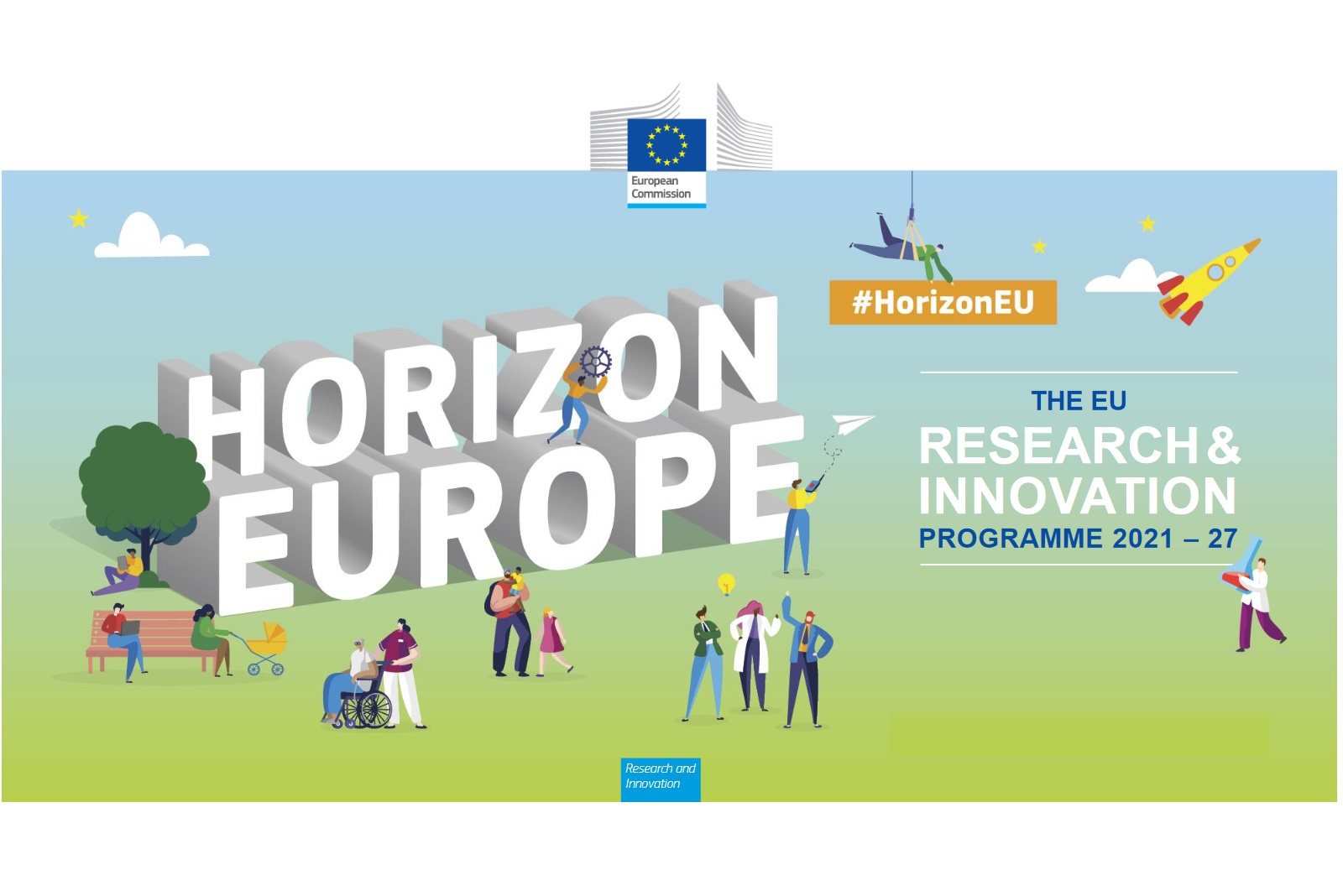
Proposed actions should develop and demonstrate concepts of traffic and fleet management to achieve a desirable integration of CCAM vehicles in the entire mobility system. CCAM vehicles should be considered in their different sizes and usages as well as their mobility service provision (private, public, shared, pooled etc.). Proposed actions should address both the transport of people and goods with automated fleets (commercial/logistics fleets, fleets operated by public or private transport operators) and individual vehicles (CCAM- or conventional vehicles) well integrated in the entire traffic management system. They have to address technology gaps to foster vehicle integration, communication and better manoeuvre coordination and orchestration concepts in managing fleets and traffic as well as integrating public transport and other shared mobility concepts. This involves planning, forecasting and managing fleet and individual vehicles’ movements according to their specific needs. Proposed actions should demonstrate traffic efficiency improvements by mobility network load balancing of routes, optimizing reliability of arrival times of goods delivery or shared mobility services, organize measures in case of events, or bilateral communication and acknowledgement of traffic management guidance if advised from an appropriate control centre.
Proposed R&I actions are expected to address intermodal interfaces and interoperability between traffic management systems from one geographical location to another and from one user group to another to attain seamless mobility for all.
Proposed actions should develop and demonstrate mixed traffic orchestration concepts, enabling or involving new mobility business cases for fleet operation (logistics, public or private transport operator, etc.). These new fleet and traffic management approaches should closely link to societal and individual user needs (including VRUs and other connected or non-connected users).
Advanced simulation models and tools should be able to test and demonstrate in real life traffic their ability to support the optimisation and balancing of the mobility network load. Testing and demos in real life traffic conditions should be undertaken through engagement with stakeholders from the industry, public authorities, public and private operators, service providers, the research sector and road and vehicle users and by satisfactorily addressing the priorities of all (win-win-win).
Governance of the traffic management system has to take into account the different needs and requirements of the users, depending on their gender, socio-economic background, age, ethnicity or ability, and the availability of services enabled by CCAM and the accordingly relevant supporting infrastructure. Both citizen-led needs and CCAM developments will guide the governance of traffic management systems which will eventually see the CCAM fleets of private and public transport (including on demand PT) integrated fully into the transport network. It is recommended to develop solutions that are grounded in social innovation.
This topic requires the effective contribution of SSH disciplines and the involvement of SSH experts, institutions, as well as the inclusion of relevant SSH expertise, in order to produce meaningful and significant effects enhancing the societal impact of the related research activities.
In order to achieve the expected outcomes, international cooperation is advised, in particular with projects or partners from the US, Japan, Canada, South Korea, Singapore, Australia.

